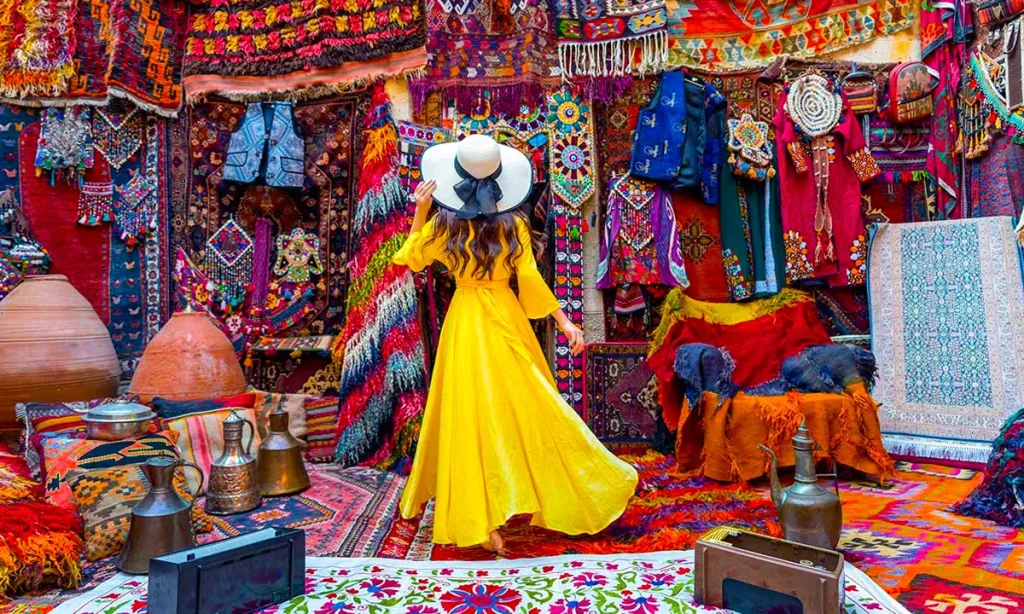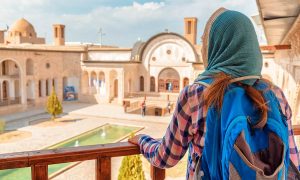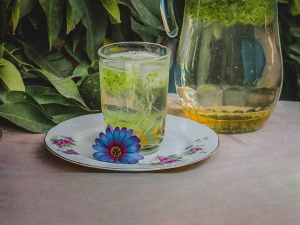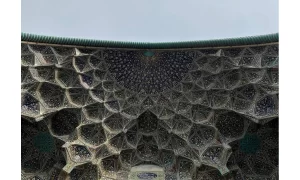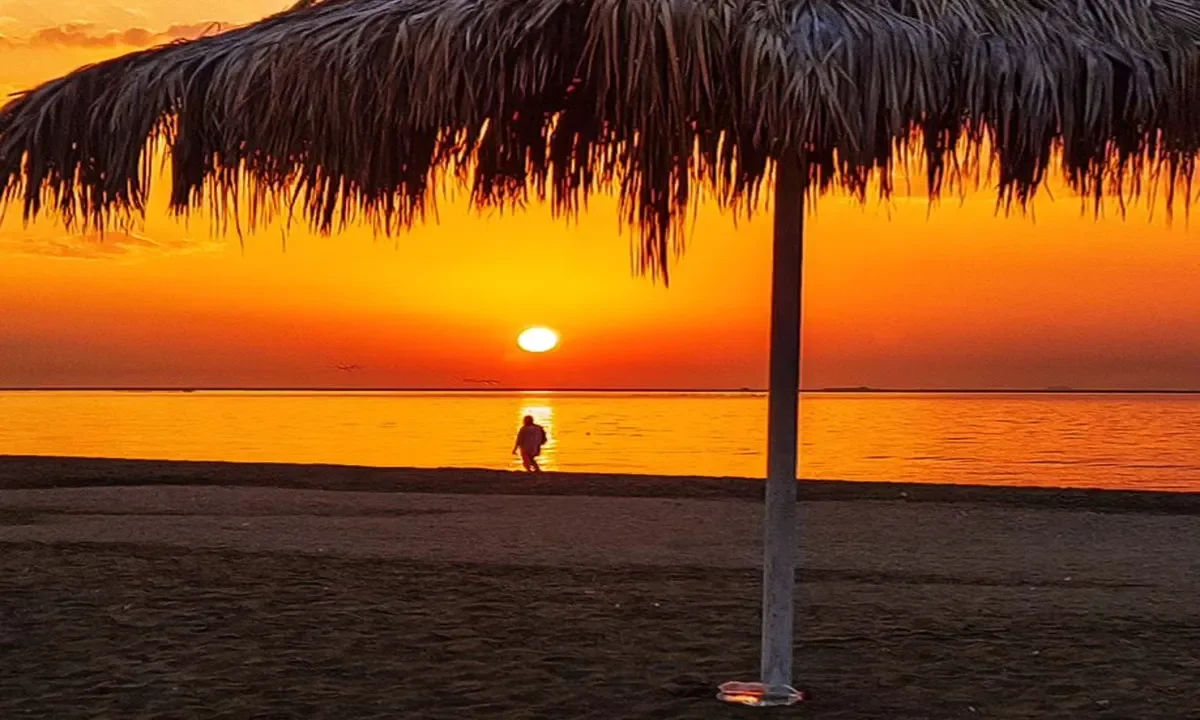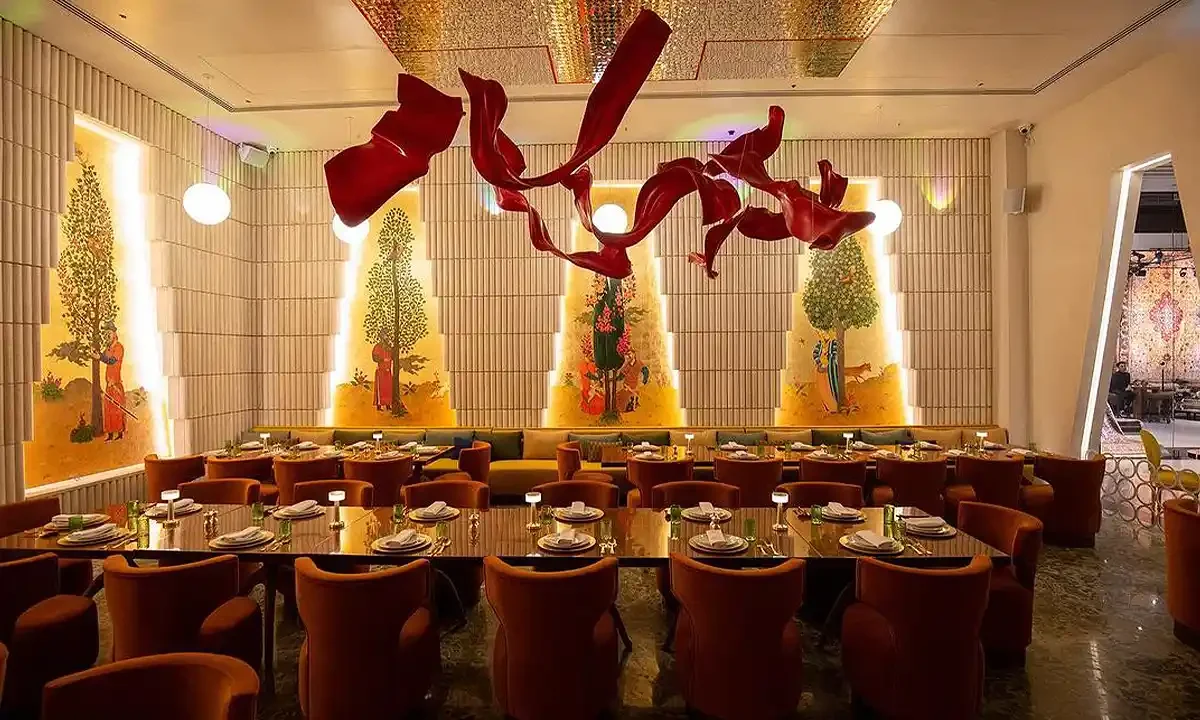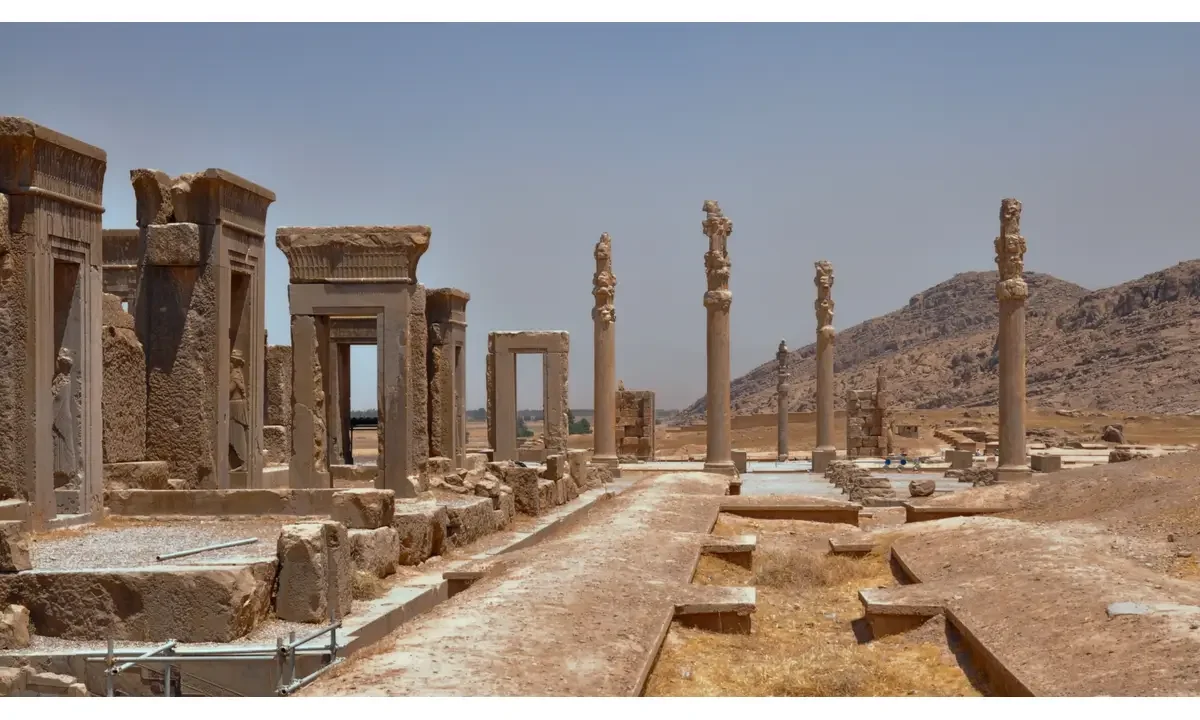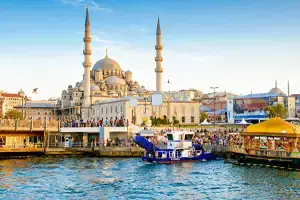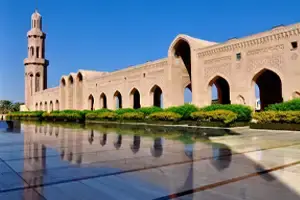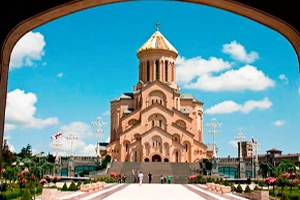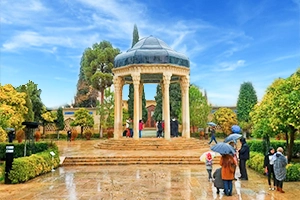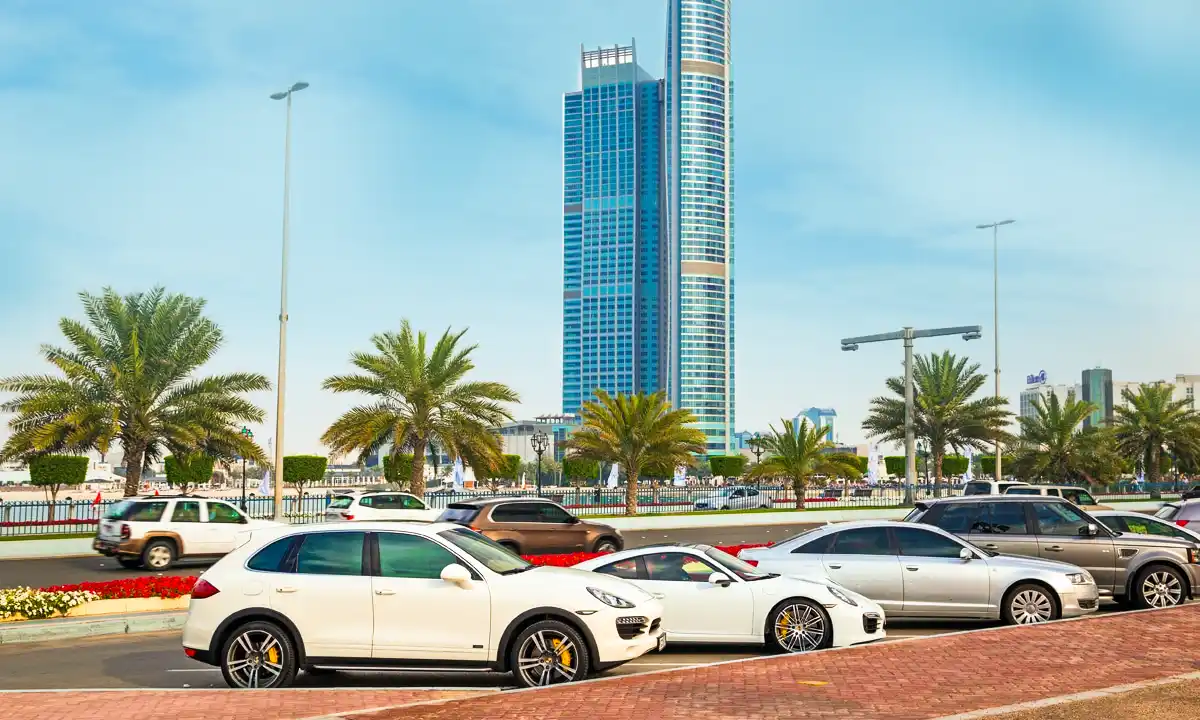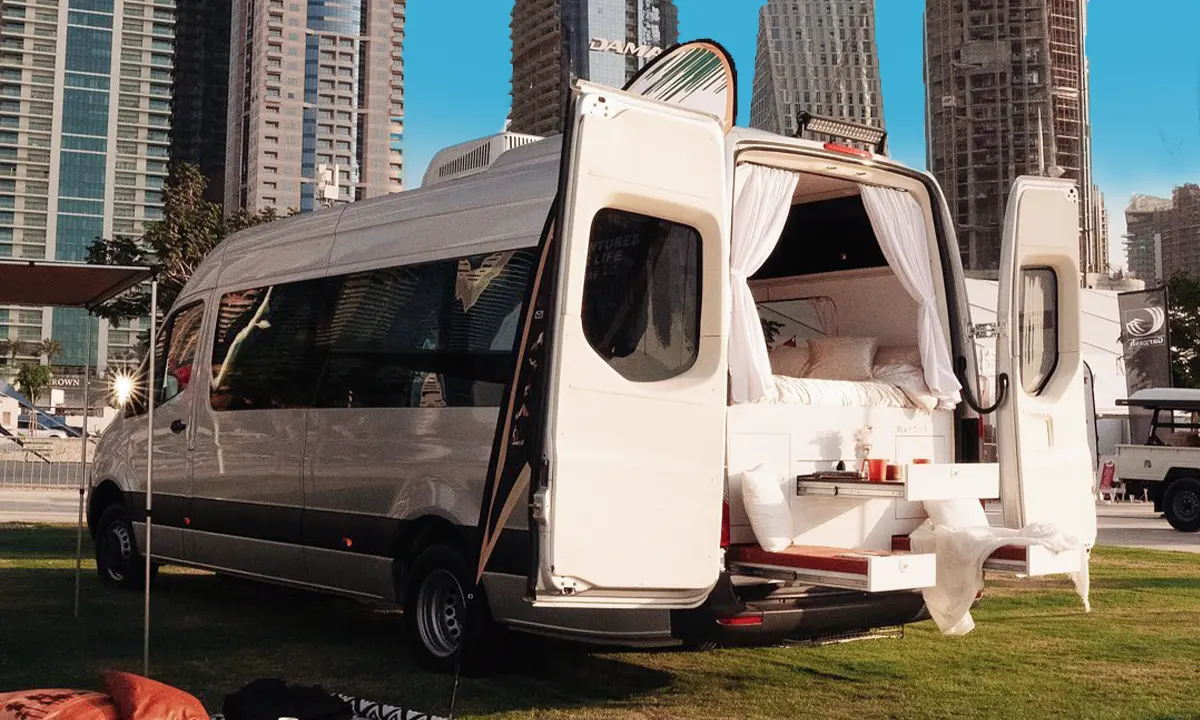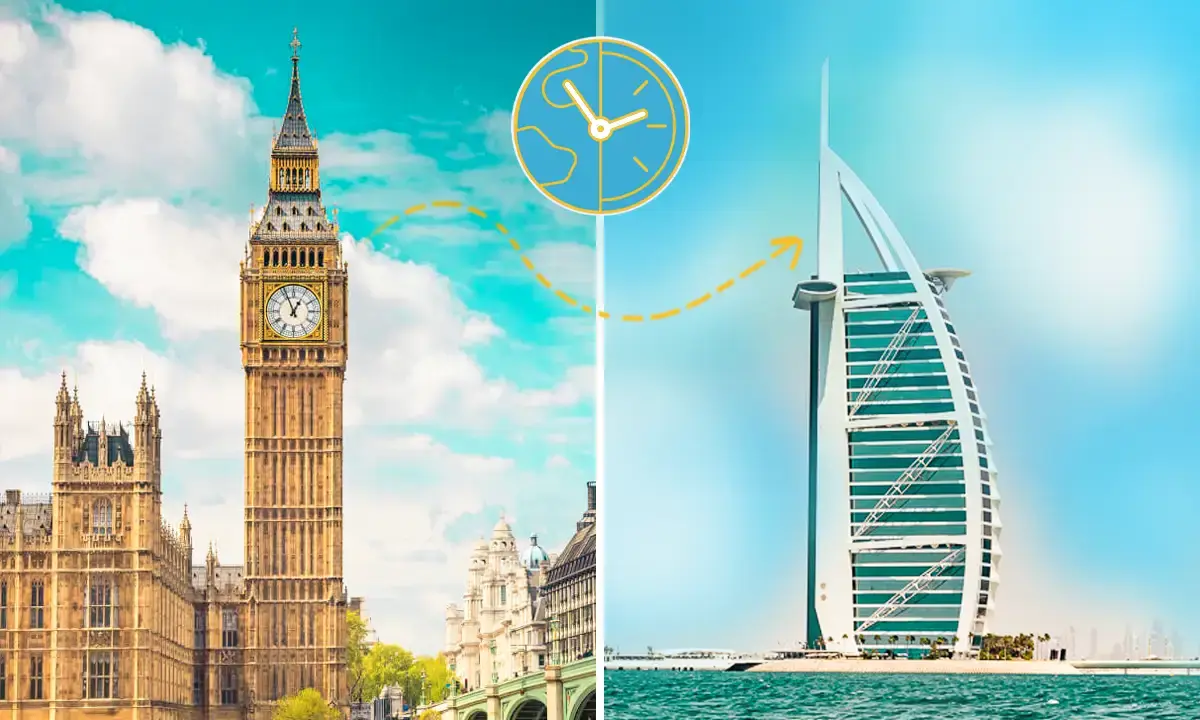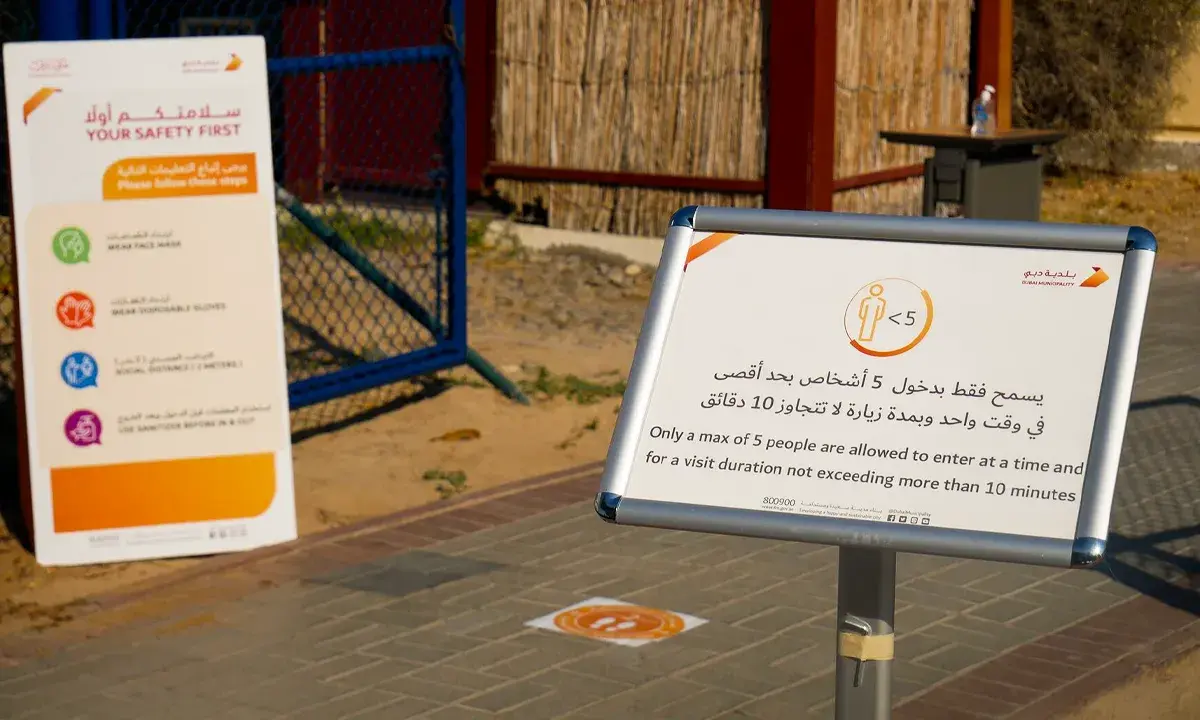No trip to Iran would be complete without taking one or two souvenirs. Every tourist should bring a piece of this land’s ancient and diverse culture. So, before planning your vacation in Iran, take some time to explore some of the best Iranian souvenirs.
Persian Rugs are absolutely gorgeous. However, souvenirs in Iran aren’t limited to that. You can also buy other top Iranian souvenirs such as Minakari, pottery, Termeh, or even Persian musical instruments. Bring a reminder of your Iran trip. Complete your room’s decoration. Add a new flavor to your meal. Or learn a new instrument. But before that, keep reading as we discuss what to buy in Iran!
Best Souvenirs in Iran: Traditional Handicrafts
Persian Carpets and Rugs
Persian carpets and rugs are world-renowned for their beauty, intricacy, and craftsmanship. They are not just floor coverings but are considered works of art, representing Iran’s rich history and cultural identity. Each rug tells a story, woven with traditional techniques passed down through generations.
There’s a wide range of Persian carpets, categorized by the region of origin, materials, patterns, and weaving techniques. Notable types include Tabriz, Kashan, Isfahan, and Qum rugs, each with its unique style and color scheme.
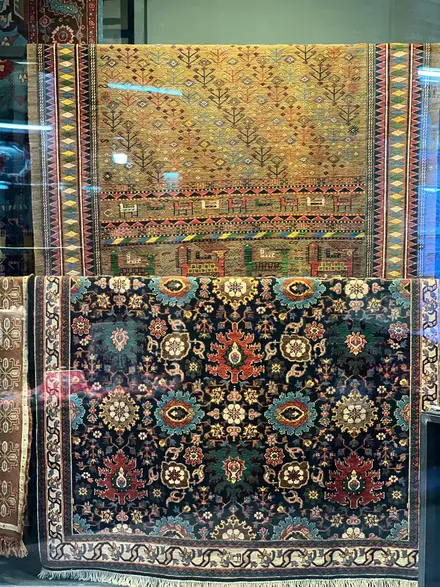
What to Look for When Buying:
- Quality of Material: Wool, silk, or a wool-silk blend are commonly used. Silk rugs are finer and more detailed.
- Knot Count: Higher knot counts indicate more detailed designs and higher quality.
- Craftsmanship: Look for evenness in the weave and clarity in the design.
- Authenticity: Buy from reputable dealers to ensure you’re getting an authentic Persian rug.
Miniature Paintings and Calligraphy
Miniature paintings and calligraphy are highly detailed, often combining intricate designs with poetic inscriptions. These artworks reflect Iran’s sophisticated artistic traditions, embodying themes from Persian mythology, literature, and history.
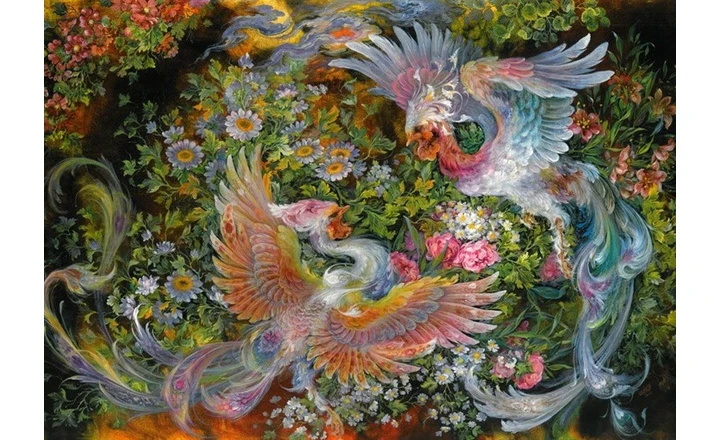
Where to Find Authentic Pieces:
- Art Galleries and Workshops: Especially in cities like Isfahan and Tehran.
- Cultural Centers: Often host exhibitions where artisans display and sell their work.
- Specialized Markets: Bazaars in major cities may have stalls dedicated to fine arts.
Metalwork and Enameling (Minakari)
Minakari, or Persian enamel, involves coating metal (usually copper) with colorful enamel designs. This art form is celebrated for its beauty and durability, showcasing motifs such as flowers, birds, and traditional Persian scenes.
Common designs include intricate floral and geometric patterns, often in vibrant colors set against a dark background to enhance their visual appeal.
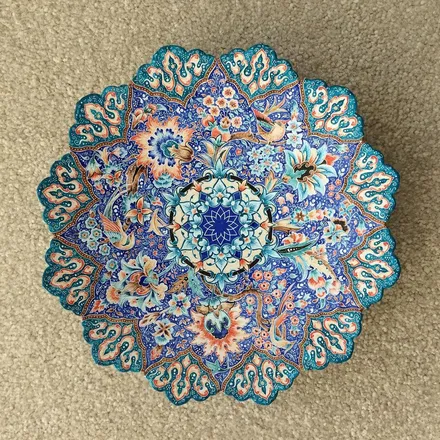
Best Places to Purchase:
- Isfahan: Known as the hub for Minakari, offering a wide range of high-quality pieces.
- Tehran Bazaars: Offer a selection of metalwork and enameling from different regions.
- Craft Workshops: Directly purchasing from artisans allows for a more personal and authentic buying experience.
When purchasing these traditional handicrafts, it’s essential to appreciate the artistry and cultural significance behind each piece. Not only does this enrich your collection, but it also supports the preservation of Iran’s invaluable artistic heritage.
Best Iranian Souvenirs: Culinary Delights
Saffron and Spices
Saffron, the most prized spice in Iranian cuisine, is integral to dishes like saffron rice, stews, and desserts for its unique flavor and vibrant color. Its cultivation and use in cooking are deeply rooted in Iranian culture, symbolizing wealth and hospitality.
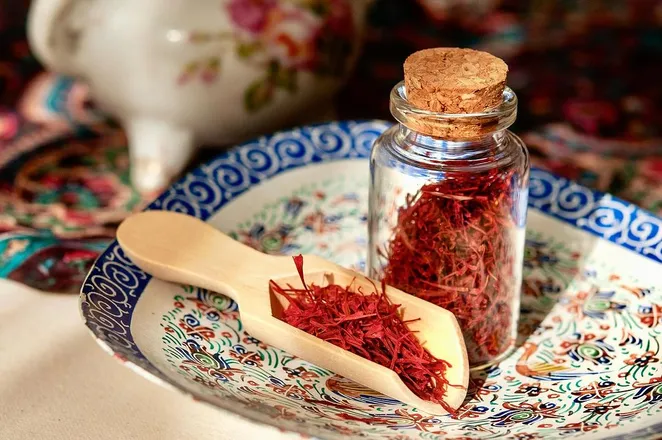
Selecting Quality Saffron:
- Color and Aroma: Look for a deep red color; higher quality saffron has fewer yellow or orange threads. The aroma should be rich and distinct.
- Texture: High-quality saffron threads are dry and brittle to the touch.
- Origin: Iranian saffron, particularly from the Khorasan region, is considered among the best in the world.
Persian Nuts and Dried Fruits
Nuts and dried fruits are staple snacks in Iran, reflecting the country’s varied climate that supports a wide range of produce. Popular varieties include pistachios, almonds, walnuts, dates, figs, and apricots.
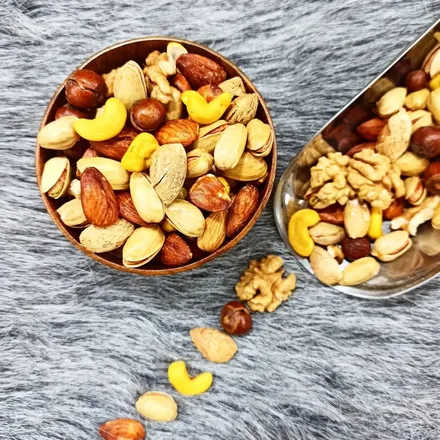
Tips for Buying Fresh:
- Look for Vibrancy: Bright, vibrant colors usually indicate freshness, especially in dried fruits.
- Texture: Nuts should feel heavy for their size and not rattle when shaken, indicating they are full and not dried out.
- Smell: Fresh nuts and dried fruits should have a sweet or nutty aroma, without any hint of rancidity.
Rosewater and Herbal Distillates
Rosewater and herbal distillates are widely used in Iranian cooking and traditional medicine. Rosewater adds flavor to sweets like baklava and rice pudding, while herbal distillates serve both culinary and therapeutic purposes.
Rosewater is used for its aroma and flavor, enhancing desserts and some savory dishes. Herbal distillates, such as mint or thyme, are added to foods for their health benefits and flavor.
In Traditional Medicine, Herbal distillates are used in treatments for various ailments, from digestive issues to skincare, reflecting Iran’s rich heritage of natural remedies.
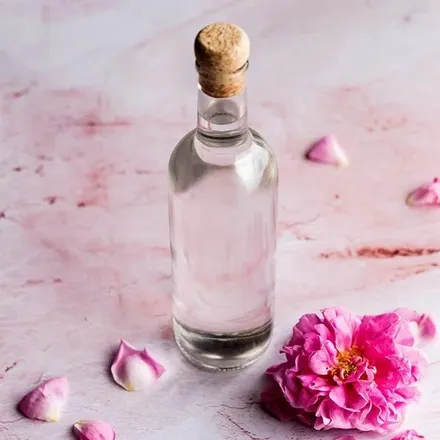
When exploring Iran’s culinary delights, these ingredients offer a glimpse into the country’s flavorful cuisine and health practices, embodying centuries of tradition and knowledge. Whether you’re cooking traditional recipes at home or seeking natural remedies, these elements are essential to experiencing the authentic essence of Iranian culture.
Souvenirs in Iran: Fashion and Textiles
Termeh and Handwoven Fabrics
Termeh is a luxurious handwoven fabric, originally made of wool and silk, known for its intricate designs and vibrant colors. Its weaving technique dates back to the Persian Empire and has been highly regarded throughout history, often used in royal courts and as precious gifts. The city of Yazd is renowned for its high-quality Termeh.
Termeh is traditionally used in a variety of ways, including as tablecloths, bedspreads, and clothing, particularly in the making of elaborate dresses and shawls. Its rich patterns and textures make it a popular choice for special occasions and ceremonies, embodying elegance and cultural heritage.
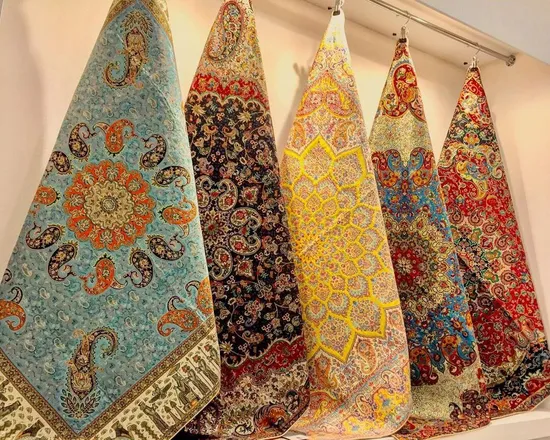
Traditional Jewelry
Traditional Iranian jewelry incorporates a variety of designs, often inspired by nature, history, and Persian poetry. Common materials include gold, silver, and precious stones like turquoise, which is particularly favored in Iran and believed to bring good luck and protection.
Jewelry designs often feature intricate floral motifs, calligraphy, and symbols with deep cultural and historical significance. For example, the “Faravahar,” one of the best-known symbols of Zoroastrianism, is frequently depicted in jewelry, representing good thoughts, good words, and good deeds.
The use of semi-precious stones is common, with each stone having its own meaning and value. Turquoise, for example, is not only appreciated for its beauty but also for its supposed healing properties and its role as a talisman against evil.
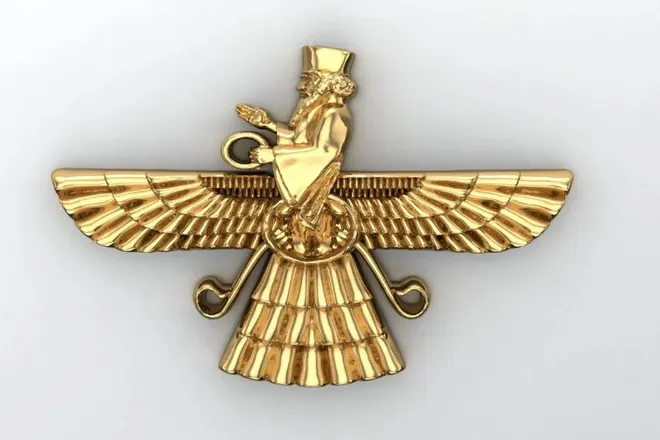
Traditional Iranian fashion and textiles, with their rich history and exquisite craftsmanship, offer a glimpse into the country’s artistic heritage and cultural values. Whether it’s the elegant patterns of Termeh fabric or the symbolic beauty of traditional jewelry, these items are treasured not just for their aesthetic appeal but for the stories and traditions they represent.
Persian Traditional Musical Instruments, Buy These Souvenirs in Iran
When it comes to the best Iranian souvenirs, many travelers think of Persian carpets, saffron, or handicrafts. However, one often-overlooked yet truly special souvenir is a Persian traditional musical instrument. For music lovers and culture enthusiasts, bringing home one of these instruments is not just a keepsake but a gateway to Iran’s rich artistic heritage.
Famous Persian Musical Instruments
Iran has a deep-rooted musical tradition with a variety of instruments that have been played for centuries. Some of the top Iranian souvenirs in this category include:
- Tar: A long-necked, plucked string instrument, considered one of the most important in Persian classical music.
- Setar: A smaller, more delicate version of the Tar, known for its soft and melancholic sound.
- Santur: A hammered dulcimer that produces a mesmerizing sound and is one of the most iconic Iranian instruments.
- Tombak (Tonbak): A goblet drum that serves as the primary percussion instrument in Persian music.
- Kamancheh: A bowed string instrument similar to a violin but with a deeper, more soulful tone.
- Ney: An end-blown flute used in traditional Persian music, often associated with mystical and meditative melodies.
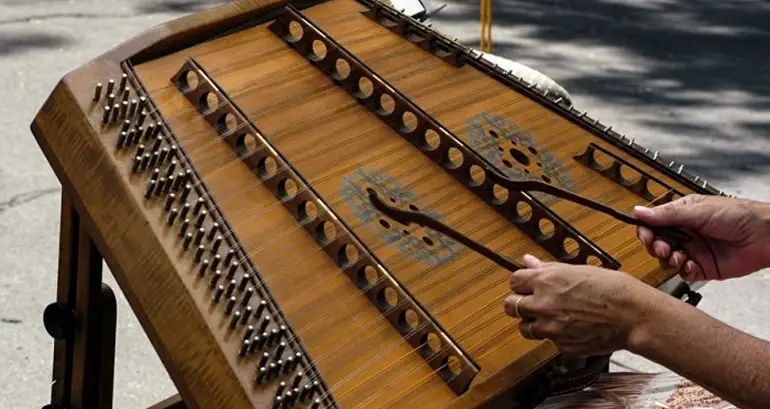
Tips for Buying Persian Musical Instruments
If you’re interested in purchasing a souvenir in Iran that truly reflects its musical culture, consider these tips:
- Buy from Reputable Shops: Major cities like Tehran, Isfahan, and Shiraz have well-known music stores specializing in handcrafted instruments. Ask for recommendations or visit music workshops where artisans make them by hand.
- Check the Quality: Authentic Persian instruments are handmade using high-quality wood and materials. Inspect the craftsmanship, sound, and overall build before buying.
- Consider Size and Transport: Some instruments, like the Santur, can be quite large, so ensure you have the means to transport them safely.
- Ask for Accessories: Some instruments require accessories like extra strings, tuning tools, or special cases. Make sure to purchase these along with your instrument.
- Learn the Basics: Many shops offer demonstrations or even quick lessons. If you’re serious about playing, you can find online tutorials to start learning.
Top Iranian Souvenirs: Pottery and Ceramics
Hand-painted Tiles and Pottery
The tradition of pottery and ceramic art in Iran dates back thousands of years, making it one of the oldest and most significant forms of art in the region. This craft reflects the country’s rich history and cultural evolution, with techniques and motifs passed down through generations. Hand-painted tiles have been used to decorate mosques, palaces, and homes, showcasing intricate designs that often feature floral motifs, calligraphy, and geometric patterns. These items not only serve as functional objects but also as expressions of Persian aesthetic and philosophical ideals.
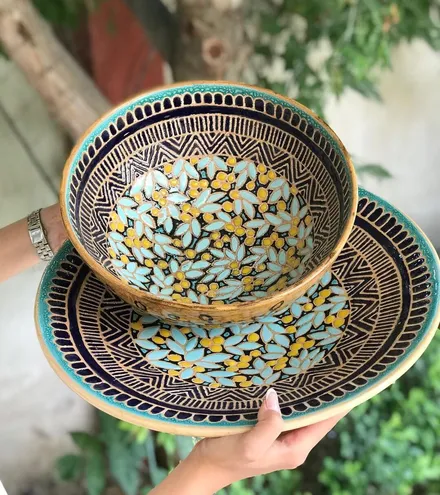
Advice on Transporting These Fragile Items:
- Proper Packaging: Ensure each item is individually wrapped in bubble wrap or soft packing material. Pay extra attention to edges and handles, which are more prone to chipping or breaking.
- Sturdy Boxes: Use strong, high-quality boxes that can withstand handling during transport. If possible, use double-walled cardboard boxes for added strength.
- Filling Gaps: Fill any gaps in the box with additional packing materials such as foam peanuts, crumpled paper, or more bubble wrap to prevent the items from moving around during transport.
- Labeling: Clearly label the box as “Fragile” on all sides to alert handlers to the delicate nature of the contents. Including “This Side Up” arrows can also help ensure the box is kept in the correct orientation.
- Carry-On Option: For smaller items, consider carrying them with you as part of your carry-on luggage if flying. Most airlines allow for a personal item in addition to your carry-on suitcase, which could be a suitable place for very delicate or valuable pieces.
- Insurance: If shipping ceramics or pottery, consider purchasing insurance to protect against loss or damage. Make sure to declare the value of the items accurately when shipping.
By following these steps, you can significantly reduce the risk of damage to your precious hand-painted tiles and pottery, ensuring they arrive safely as beautiful reminders of your visit to Iran.
Shopping Tips to Buy the Best Iranian Souvenirs
1. Negotiating Prices
Bargaining in Bazaars and Markets:
- Start Low: Begin by offering a lower price than what you’re willing to pay, but remain respectful. Sellers expect some haggling, so starting low gives you room to meet in the middle.
- Know the Value: Research the typical prices of items you’re interested in beforehand. Knowing the market value helps you negotiate more effectively.
- Be Polite: Keep the negotiation friendly and respectful. A good-natured bargaining process is more likely to result in favorable terms for both parties.
- Walk Away: If the price isn’t right, don’t be afraid to walk away. Often, this may lead the seller to offer a better price.
- Cash Transactions: Carrying cash can sometimes give you a better bargaining position, as it offers the vendor immediate payment without transaction fees.
2. Authenticity
Identifying Authentic Crafts:
- Research Artisans: Look for items made by local artisans and craftspeople. Genuine pieces are often sold directly by the artisans who made them or in shops known for supporting local craftsmanship.
- Examine Quality: Authentic items typically show a higher quality of material and craftsmanship. Look for unique details and imperfections that indicate handcrafted work.
- Ask Questions: Don’t hesitate to ask the seller about the item’s origin, materials, and the artisan. Genuine sellers are usually knowledgeable and proud to share details about the craftsmanship.
- Certificates of Authenticity: Some high-value items come with a certificate of authenticity. While not always available, it’s worth asking for one when purchasing expensive souvenirs.
3. Customs Regulations
Export Restrictions and Customs Duties:
- Know the Restrictions: Some items, especially antiques and cultural artifacts, may have export restrictions. Always verify if the item you’re purchasing is allowed to be taken out of the country.
- Declare Your Purchases: When returning home, declare any souvenirs at customs. Being upfront can prevent any potential issues or delays.
- Check Duty-Free Allowances: Familiarize yourself with your country’s duty-free allowances for returning travelers. Staying within these limits can help you avoid additional customs duties.
- Keep Receipts: Retain purchase receipts for high-value items. They may be required by customs officials to assess duties and ensure compliance with import regulations.
By following these tips, you can enhance your shopping experience in Iran, ensuring you bring home authentic souvenirs while navigating the nuances of local markets and customs regulations efficiently.
Best Places to Buy Souvenirs in Iran
1. Grand Bazaar of Tehran
The Grand Bazaar of Tehran is a sprawling marketplace that offers everything from Persian rugs, jewelry, and ceramics to spices and traditional attire. It’s a maze of alleys and shops full of vibrant colors and scents, reflecting the diversity of Iran’s cultural heritage. This bazaar is not just a shopping destination but a historical site, offering a glimpse into the bustling commercial life of Tehran.
2. Isfahan Bazaar
Located around the Naqsh-e Jahan Square, Isfahan Bazaar is famous for its fine handicrafts, including miniature paintings, hand-printed textiles, and intricate metalwork. Art lovers and collectors will find this bazaar a treasure trove of authentic Persian art and craftsmanship. It’s also a great place to purchase beautiful Persian carpets and exquisite jewelry.
3. Shiraz Vakil Bazaar
Shiraz’s Vakil Bazaar is known for its wide array of food items, including spices, nuts, and dried fruits, making it an ideal spot for those looking to explore Iran’s culinary delights. Additionally, it offers a selection of Persian textiles, handicrafts, and traditional attire, providing a comprehensive shopping experience in the heart of Shiraz.
4. Tabriz Historic Bazaar Complex
A UNESCO World Heritage Site, the Tabriz Historic Bazaar Complex is one of the oldest and largest bazaars in the Middle East. It’s renowned for its wide variety of souvenirs, including carpets, jewelry, leather goods, and traditional Iranian spices. The bazaar’s historical architecture adds to the shopping experience, offering visitors a glimpse into the trade and cultural exchanges that have shaped the region.
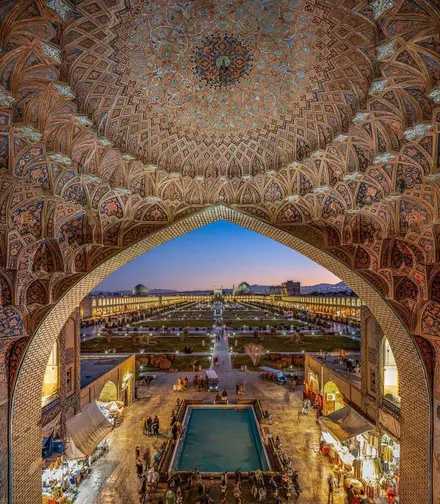
Additional Places to Consider:
- Kerman Bazaars: Known for their traditional copper handicrafts and textiles, especially the famous “patteh” embroidery.
- Kashan Bazaars: Ideal for those interested in traditional pottery and ceramic work, as well as handwoven carpets.
- Qom Markets: A go-to destination for religious souvenirs, including prayer rugs and rosaries, given its significance in Shia Islam.
- Hamedan Bazaars: Offers a variety of traditional Persian handicrafts, including leather goods and wooden inlay work known as “moaragh.”
These markets and bazaars not only provide a wide range of souvenirs but also offer a deep dive into Iran’s rich cultural and historical heritage, making them must-visit destinations for anyone looking to bring home a piece of Iran.
Last Word
Exploring the Persian bazaars to find the best Iranian souvenirs is the best way to drown yourself in the rich heritage of this ancient country. Whether it is a bottle of rosewater, pottery works, or the Setar music instrument, souvenirs in Iran suit any preferences. Besides, it’s great to keep a relic-like item in your house as a reminder of your adventure in Iran.
We hope this article was helpful enough to give you a general idea of the top Iranian souvenirs. However, know that each city or bazaar in Iran has its own unique keepsakes. So, explore Persian shops yourself. They’re waiting for you!
FAQ
What is the best gift from Iran?
The best gift from Iran is Persian saffron, known as “red gold.” It is a premium-quality spice with a rich aroma and vibrant color, widely used in cooking, tea, and traditional medicine.
What is a traditional gift for Iranians?
A traditional gift for Iranians is Ajil (mixed nuts and dried fruits), often given during Nowruz (Persian New Year) or special occasions. This gift symbolizes prosperity, health, and hospitality, deeply rooted in Persian traditions.
What is the best product from Iran?
The best product from Iran is Persian carpets, renowned for their intricate designs, high-quality craftsmanship, and durability.
